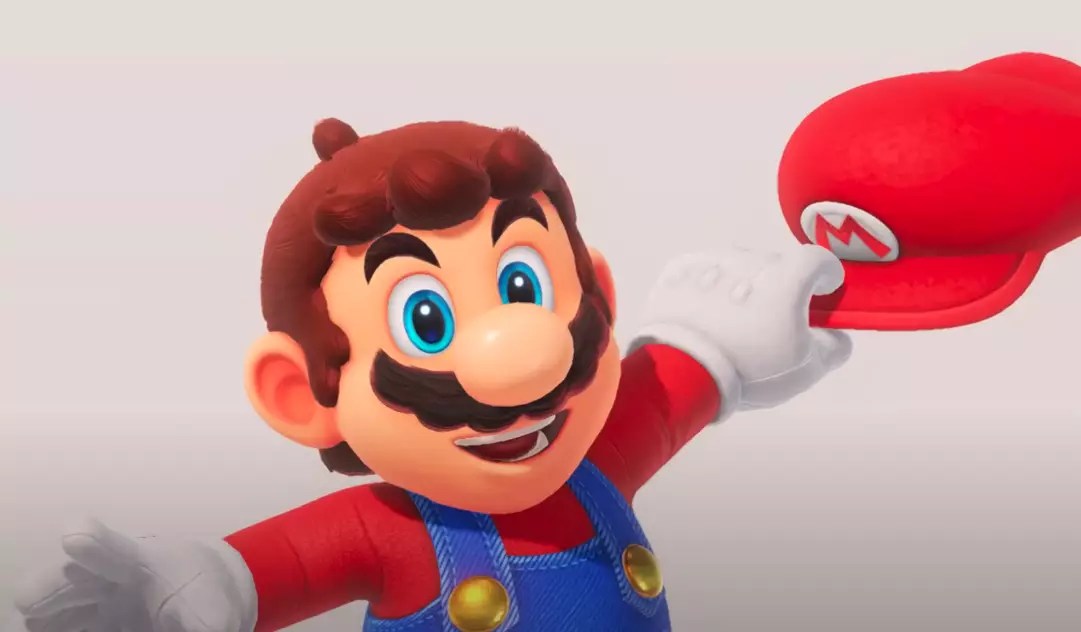The global phenomenon of the Mario franchise is marked not just by engaging gameplay and memorable characters, but also by its unique design elements—most notably, the iconic warp pipes. A recently translated interview with Shigeru Miyamoto sheds light on the creative process behind these iconic structures. Understanding how a simple observation can lead to groundbreaking game design is a testament to the ingenuity behind one of the most successful franchises in video game history.
Miyamoto’s revelation about the origin of the warp pipes highlights an essential aspect of creativity: the ability to derive inspiration from the most mundane experiences. Miyamoto recounts a stroll through Kyoto when he noticed a plastic pipe extending from a wall. This seemingly trivial observation sparked an innovative solution to a persistent design challenge in the game. The screen mechanics in the original *Mario Bros.* required that enemies who moved off the bottom of the screen somehow reappear at the top, necessitating a logical transition mechanism. It was in this context that the idea of a pipe emerged, creating a seamless and intuitive way for gameplay to flow.
This incident speaks volumes about the creative process—it is often the simplest things that fuel the most complex ideas. By transforming an everyday object into a key gameplay mechanic, Mario’s developers demonstrated an admirable adaptability and resourcefulness that is often the hallmark of great game design.
In addition to offering insight into the pipes’ inception, Miyamoto’s reflections provide context about the world in which Mario operates. He envisioned an underground setting, influenced, in part, by the natural habitats of his game’s enemies, such as turtles and crabs. The concept of an underground tunnel system evokes images of New York City, a place known for its extensive network of subways and sewers, despite Miyamoto having never set foot in the Big Apple. This creative decision highlights the innovative ways in which game developers can construct environments that enhance gameplay and storytelling, even without a direct reference point.
Moreover, the decision to design Mario’s universe with an underground aspect aligns with gaming conventions of the time, allowing players to explore varied levels and discover hidden areas. This multi-layered design fosters a sense of adventure and encourages exploration, both essential components of the Mario series’ appeal.
Miyamoto also touches upon the significance of the color choice for the pipes. Aware of the limitations of the technology in the early video game era, he and his team opted for colors that would stand out yet maintain aesthetic harmony within the game. Green, identified for its visual appeal in two distinct tones, added vibrancy without overwhelming the limited graphical capabilities.
This choice underscores the importance of design constraints in shaping creative outcomes. By thoughtfully leveraging the technology of the time, Miyamoto not only created visually engaging elements but also devised a style that became emblematic of the franchise.
As the gaming world awaits new installments from Nintendo, including potential releases on the anticipated Switch 2, it is fascinating to reflect on the lessons learned from the origins of the Mario pipes. Miyamoto’s insights serve as a reminder that creativity is often rooted in observation, that constraints can lead to innovation, and that perceptions of place and setting can enrich gameplay experiences.
Shigeru Miyamoto’s creative journey in the development of the Mario franchise, particularly the invention of its now-legendary pipes, exemplifies the dynamic interplay between everyday inspiration, gameplay mechanics, and design challenges. As Nintendo continues to evolve, embracing both classic ideas and new innovations, the legacy of Mario’s pipes will undoubtedly remain a vital part of gaming history.


Leave a Reply